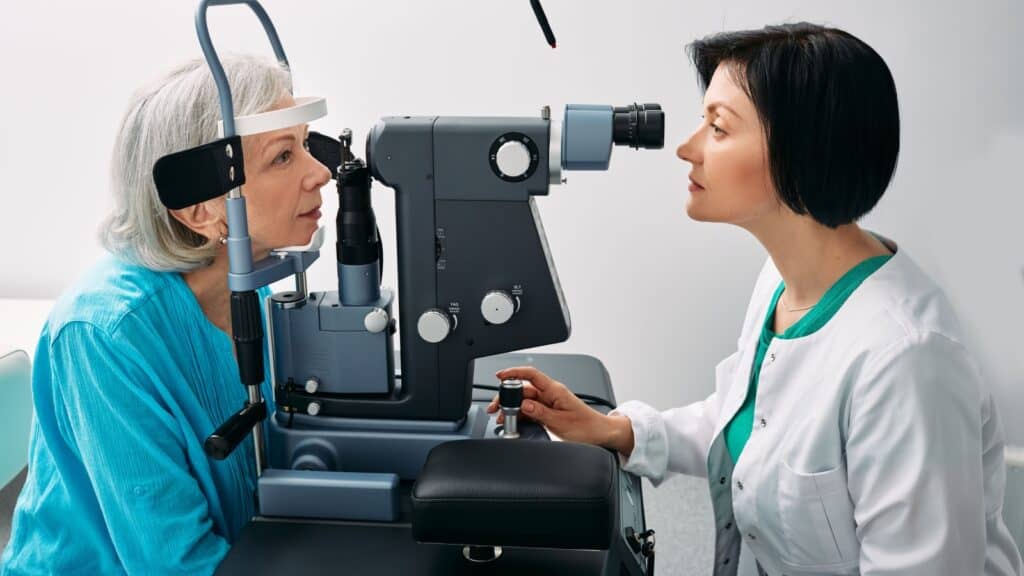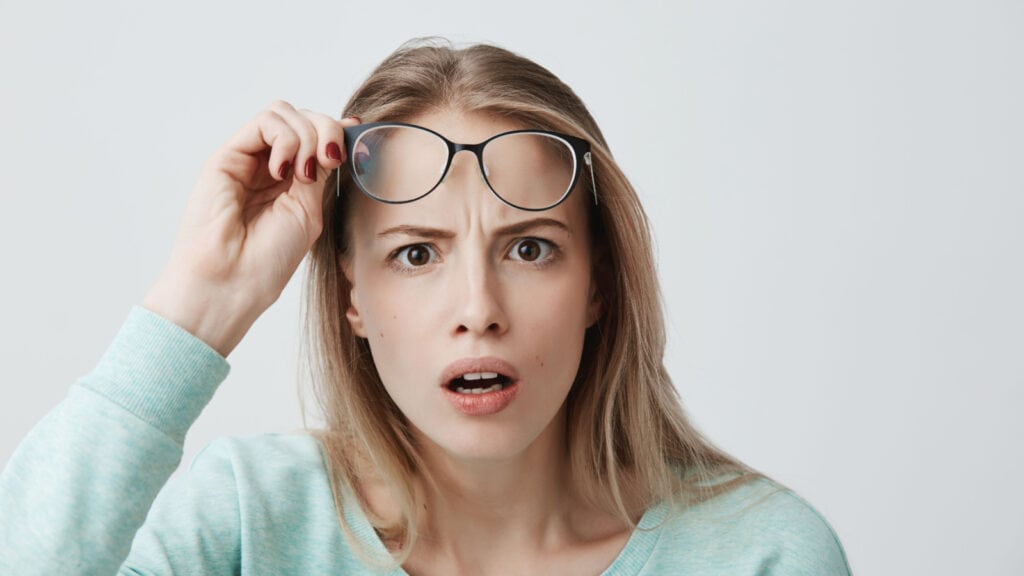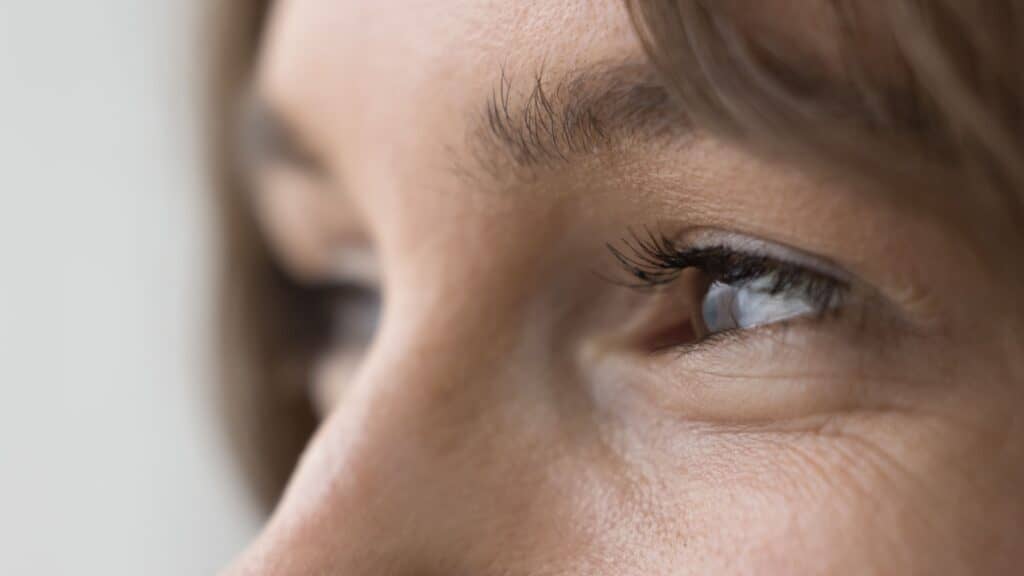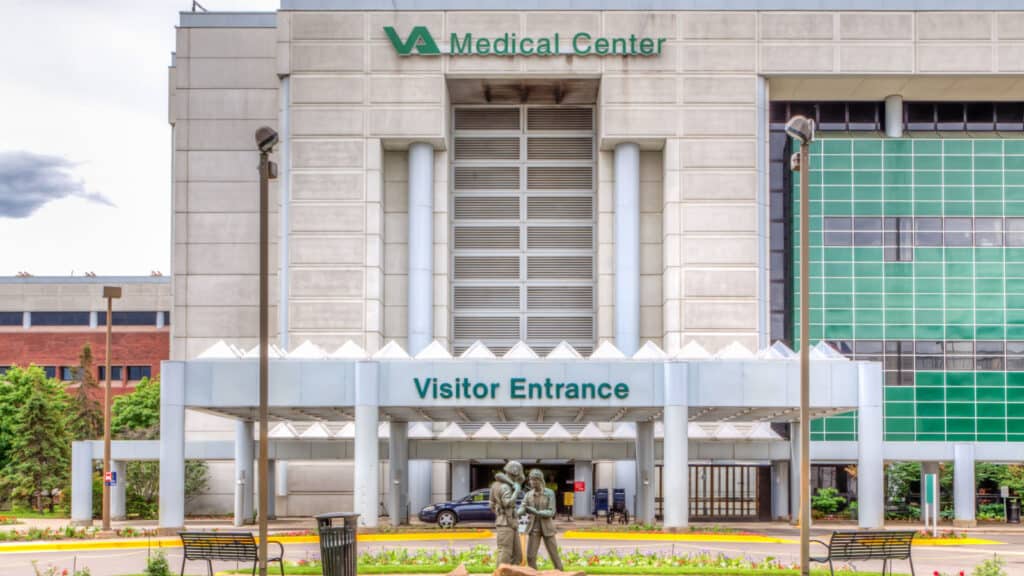The Crucial Eye Care Tips Your Optometrist Wishes You Knew!
Your eyes are one of the most vital organs in your body, yet they are often taken for granted until something goes wrong. Regular eye exams are crucial for maintaining good eye health, detecting potential problems early, and ensuring that your vision remains sharp and clear. In this article, we’ll explore why it is important to have your eyes checked, how often you should do it, who should perform the exam, and some key terms you might encounter during your visit.
Why Eye Exams Are Important

Your eyes are constantly at work from the moment you wake up to when you close them to sleep. They allow you to perceive the world around you, navigate your environment, and enjoy the beauty of life. However, many eye conditions develop slowly, often without noticeable symptoms in the early stages. Regular eye exams can help detect these issues before they become serious, potentially saving your vision.
Some common eye conditions that can be detected during an eye exam include:
Glaucoma

A condition that damages the optic nerve, often due to high eye pressure, leading to vision loss if untreated.
Cataracts

Clouding of the eye’s lens, leading to blurry vision, which is common with aging.
Macular Degeneration

A disease affecting the central part of the retina, leading to loss of central vision.
Diabetic Retinopathy

A complication of diabetes that affects the blood vessels in the retina, potentially leading to blindness.
Is Your Prescription Up To Date?

Besides detecting diseases, eye exams are also crucial for ensuring that your prescription for glasses or contact lenses is up to date. Even minor changes in your prescription can lead to headaches, eye strain, and difficulty with tasks that require sharp vision, like reading or driving.
How Often Should You Have Your Eyes Checked?

The frequency of eye exams depends on several factors, including age, health, and whether you wear corrective lenses.
- Children: It is recommended that children have their first eye exam at six months of age, another at three years, and then again before starting school. After that, they should have an eye exam every two years, or more frequently if they wear glasses or contact lenses.
- Adults (18-60 years): Adults with no symptoms or risk factors should have a comprehensive eye exam every two years. If you wear glasses or contact lenses, have a family history of eye disease, or have a chronic condition like diabetes, you may need to have your eyes checked more often, perhaps annually.
- Older Adults (60+ years): As you age, the risk of eye diseases like glaucoma, cataracts, and macular degeneration increases. Therefore, adults over 60 should have an eye exam at least once a year.
Eye Exams Can Help Detect Disease

Regular eye exams are essential not just for maintaining good vision, but for detecting early signs of systemic diseases like diabetes and hypertension, which can manifest in the eyes.
Who Should Perform the Eye Exam?

Eye exams should be performed by a licensed eye care professional. There are three types of eye care professionals:
- Optometrists: These are primary eye care providers who perform eye exams, diagnose and treat certain eye conditions, and prescribe glasses or contact lenses. They can also provide pre- and post-operative care for eye surgeries.
- Ophthalmologists: These are medical doctors who specialize in eye care, including performing eye exams, diagnosing and treating eye diseases, and conducting eye surgeries. If you have a serious eye condition, you may be referred to an ophthalmologist.
- Opticians: Opticians are not eye doctors, but they are trained to fit and dispense glasses and contact lenses based on the prescription provided by an optometrist or ophthalmologist.
It’s important to choose the right eye care professional based on your specific needs. For routine eye exams and vision correction, an optometrist is typically the go-to professional. However, if you have a complex eye condition or require surgery, an ophthalmologist would be more appropriate.
What is Dilation?

During a comprehensive eye exam, your eye care professional may dilate your pupils using special eye drops. Dilation allows the doctor to get a better view of the internal structures of your eye, including the retina, optic nerve, and blood vessels. This is particularly important for detecting conditions like diabetic retinopathy, macular degeneration, and glaucoma.
What Happens During Dilation?

Dilation temporarily enlarges your pupils, making them more sensitive to light. After dilation, your vision may be blurry, and your eyes may be sensitive to bright light for a few hours. It’s a good idea to bring sunglasses to your appointment, as you may need them afterward to protect your eyes from the sun. While dilation is a crucial part of a thorough eye exam, it is not typically required during every visit, especially if there are no signs of eye disease.
Optomap Retinal Imaging

The Optomap is a specialized machine that can capture a wide-angle image of the retina without the need for pupil dilation. This technology allows your eye care professional to see nearly 80% of your retina in a single image, which is far more than the 10-15% typically visible through traditional dilation. The procedure is quick, painless, and does not cause the light sensitivity or blurred vision that comes with dilating drops. However, it may not completely replace dilation in all situations, especially if the doctor needs to examine areas of the retina that are not visible with the Optomap.
Optical Coherence Tomography (OCT)

OCT is another advanced imaging technology that provides high-resolution, cross-sectional images of the retina. While OCT doesn’t completely replace dilation, it offers detailed views of the retina’s layers, helping to detect conditions like macular degeneration, glaucoma, and diabetic retinopathy early. OCT can be used in conjunction with or as an alternative to traditional dilation, depending on the specific needs of the patient.
When Are These Technologies Used?

These technologies are particularly useful for patients who may have difficulty with traditional dilation, such as those who are sensitive to light or have busy schedules and cannot afford the temporary vision impairment caused by dilating drops. However, in some cases, a traditional dilated exam may still be necessary to get a comprehensive view of the retina, especially if the doctor suspects a condition that requires a more thorough examination.
Common Eye Conditions and Terms

Understanding some common eye conditions and terms can help you better grasp the results of your eye exam. Here are a few key terms:
- Astigmatism: This is a common condition where the cornea or lens of the eye has an irregular shape, causing blurred or distorted vision. Astigmatism can occur alongside other refractive errors like nearsightedness or farsightedness and is often corrected with glasses or contact lenses.
- Nearsightedness (Myopia): This is a condition where close objects are seen clearly, but distant objects appear blurry. It occurs when the eyeball is too long or the cornea is too curved, causing light to focus in front of the retina instead of on it. Myopia is often corrected with glasses, contact lenses, or refractive surgery.
- Farsightedness (Hyperopia): In contrast to myopia, farsightedness occurs when distant objects are seen clearly, but close objects are blurry. This happens when the eyeball is too short or the cornea is not curved enough, causing light to focus behind the retina. Hyperopia is usually corrected with glasses or contact lenses.
More Eye Conditions and Terms

- Presbyopia: This is an age-related condition that typically begins in your 40s, where the eye’s lens becomes less flexible, making it difficult to focus on close objects. Presbyopia can be corrected with reading glasses, bifocals, or multifocal contact lenses.
- Cataracts: As mentioned earlier, cataracts involve the clouding of the eye’s lens, which can lead to blurry vision. They are most commonly associated with aging but can also result from injury or certain medications. Cataracts can be removed surgically, with the cloudy lens being replaced by a clear artificial lens.
- Glaucoma: This is a group of eye diseases that damage the optic nerve, often due to high eye pressure. It can lead to vision loss or blindness if not treated. Regular eye exams are crucial for detecting glaucoma early, as it often has no symptoms in the initial stages.
- Macular Degeneration: This is a disease that affects the macula, the central part of the retina, leading to loss of central vision. It is more common in older adults and can make it difficult to read, drive, or recognize faces. While there is no cure for macular degeneration, treatments can help slow its progression.
The Takeaway

Regular eye exams are a vital part of maintaining overall health and well-being. Whether you have perfect vision or wear corrective lenses, these exams can detect eye conditions early, often before symptoms appear, allowing for timely treatment. The frequency of these exams depends on your age, health, and risk factors, but a general rule of thumb is to have your eyes checked at least every two years, or more frequently if recommended by your eye care professional.
Understanding the terms and procedures involved in an eye exam can help demystify the process and empower you to take an active role in your eye health. Don’t wait until you notice a problem—schedule your next eye exam today and ensure that your vision remains as clear and healthy as possible.
Do You Really Need to Take Vitamins? 6 Reasons Supplements May Be Necessary

In today’s health-conscious society, vitamins and supplements are a multi-billion-dollar industry, with countless products promising to improve your health, boost your energy, and fill nutritional gaps in your diet. But how do you know if you actually need to take vitamins? While some people benefit from supplementation, not everyone requires them.
Understanding when vitamins are necessary can help you make informed decisions about your health. This article explores the signs that you might need vitamins, key life stages when supplements are particularly important, and expert insights to guide your choices. READ: Do You Really Need to Take Vitamins? 6 Reasons Supplements May Be Necessary
Fall 2024: Navigating COVID-19 Vaccines and Booster Shots

As of August 2024, the availability of COVID-19 vaccines and the timing for boosters is an important topic, as health authorities prepare for the upcoming fall and winter seasons. With the emergence of new variants and the waning of immunity from previous vaccinations, it is crucial to understand the current landscape of COVID-19 vaccination. This article provides a detailed overview of the situation, vaccine availability, booster recommendations, and the rationale behind these measures. READ: Fall 2024: Navigating COVID-19 Vaccines and Booster Shots
7 Ways to Secure Health Insurance Coverage After Losing Your Job

Losing employment can feel like navigating turbulent waters without a compass. The uncertainty of health coverage adds to the stress. However, understanding your options can bring clarity and relief. We understand the challenges that come with such a situation and offer clear pathways to secure coverage. Let’s explore the options.
READ: 7 Ways to Secure Health Insurance Coverage After Losing Your Job
Join Us

Join us on this empowering journey as we explore, celebrate, and elevate “her story.” The Queen Zone is not just a platform; it’s a community where women from all walks of life can come together, share their experiences, and inspire one another. Welcome to a space where the female experience takes center stage. Sign up for our newsletter so you don’t miss a thing, Queen!







